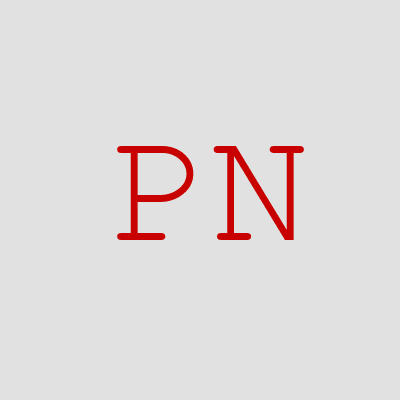Ovarian hyperstimulation syndrome
Decreasing fertility of the population, related to the higher age of primigravidae among other thing, leads to the fact, that people more and more frequently turn to the assisted reproduction centers. Methods of in vitro fertilization nowadays help many infertile couple start a family. However, every intervention into the organism has an adverse effect. In the algorithm, we face the serious complication of pharmacological ovarian stimulation.
Review
Ovarian hyperstimulation syndrome (OHSS) is an iatrogenic complication of stimulated ovulation within modern procedures of assisted reproductive technology, which is nowadays still on the rise. In predisposed women, this process may get out of control and the activation of many neurohumoral systems results in OHSS. The incidence moves between 0,5-11% of all IVF(in vitro fertilization) patients, severe life-threatening form occurs in 0,1-2% of stimulated cycles. The state is characterized by significant cystic ovarian enlargement, high capillary permeability with fluid leakage to the third space, hypovolemia and hypercoagulation. Next complications are dysfunction or final organs failure as the consequence of hypoperfusion and thromboembolic event. The algorithm illustrates the issue very practically and leads the investigator logically step by step to the right therapy in clinical practice.
Sources
MAKINO, Hiroshi, Tatsuro FURUI, Tomomi SHIGA, Motoki TAKENAKA, Keiko TERAZAWA and Ken-ichiro MORISHIGE. Management of ovarian hyperstimulation syndrome with abdominal compartment syndrome, based on intravesical pressure measurement. Reproductive Medicine and Biology [online]. 2017, 16(1), 72-76 [cit. 2018-11-18]. DOI: 10.1002/rmb2.12005. ISSN 14455781. Available at: http://doi.wiley.com/10.1002/rmb2.12005
ARLATZI, Theoni B, Christos A VENETIS, Fabienne DEVREKER, Yvon ENGLERT and Anne DELBAERE. What is the best predictor of severe ovarian hyperstimulation syndrome in IVF? A cohort study. Journal of Assisted Reproduction and Genetics [online]. 2017, 34(10), 1341-1351 [cit. 2018-11-18]. DOI: 10.1007/s10815-017-0990-7. ISSN 1058-0468. Available at: http://link.springer.com/10.1007/s10815-017-0990-7
BAHIA NAMAVAR JAHROMI, MOHAMMAD EBRAHIM PARSANEZHAD, ZAHRA SHOMALI, PARDIS BAKHSHAI, MAHSHID ALBORZI, NAJMEH MOIN VAZIRI a ZAHRA ANVAR. Ovarian Hyperstimulation Syndrome: A Narrative Review of Its Pathophysiology, Risk Factors, Prevention, Classification, and Management. Iranian Journal of Medical Sciences, Vol 43, Iss 3, Pp 248-260 (2018) [online]. 2018, 43(3), 248-260 [cit. 2018-11-18]. ISSN 02530716.
ŘEŽÁBEK, Karel. Asistovaná reprodukce. 2nd ed. Praha: Maxdorf, c2014. Farmakoterapie pro praxi. ISBN 978-80-7345-396-1.
BACKER, Daniel De. Abdominal compartment syndrome. Critical Care [online]. 3(6) [cit. 2018-11-28]. DOI: 10.1186/cc373. ISSN 13648535. Available at: http://ccforum.biomedcentral.com/articles/10.1186/cc373
ROZTOČIL, Aleš. Moderní gynekologie. Praha: Grada Publishing, 2011. ISBN 978-80-247-2832-2.





